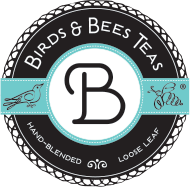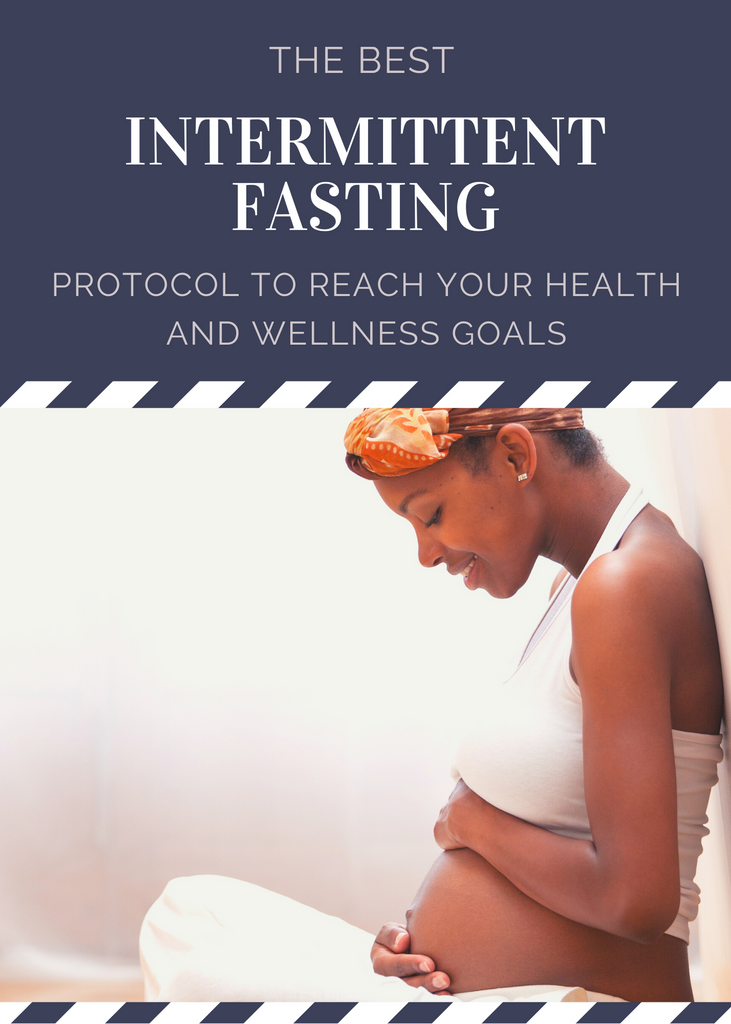Understanding Different Breastfeeding Accessories Understanding Different Breastfeeding Accessories
When a Mama first decides to breastfeed all she probably thinks are needing are, well, breasts. When she goes to register she finds out there are SO many “breastfeeding accessories” out there. It can get really overwhelming. I remember when I was pregnant with my son (who is now almost six!!), it was confusing to sort through the sea of things companies said you “need” to breastfeed. Here’s a breakdown of what some of the common breastfeeding accessories are. Many of these are actually covered by medical insurance or can be deducted from your taxes, check with your insurance to see what they’ll cover.
#1- Nursing Bra ~ This is a bra made with either a specialized clasp or cup feature designed to make access to the breast easier and more discreet. These do need to be specially fit and your size will change during your breastfeeding time. Usually it’s best to get fit for your first nursing bra at some point after the 5th month of pregnancy. Many women choose to wear them while pregnant as well. Your breasts will get larger after your milk comes in as well. Typically after about 12 weeks postpartum your breast size and supply will level out and you may need to purchase a different bra. It’s definitely worth it to find a store that specializes in nursing bras so you can be properly fit, an improper fit can restrict milk product, lead to clogged ducts and infections and be just downright uncomfortable! You’ll want 3-4 nursing bras.
#2- Nursing Tank ~ Like a nursing bra, these will have some sort of clasp or chest feature to make nursing more discreet. Many tanks attach to the nursing bra to cover the belly and back of the mother. These are really nice to have in the days right after baby is born, they’re super easy to put on and really comfy for your postpartum belly (remember that your belly will still be about the size it was around 4-5 months pregnant when baby comes).
#3- Nursing Pads ~ These are either cloth or disposable. They’re designed to go inside your bra to absorb any milk that might leak. You can also get silicone pads that will collect the milk. Not all nursing mothers leak but the majority will. Some women will leak the entire time they breastfeed, others will only leak for the first few months. It’s definitely a good idea to have some nursing pads on hand. We love Bamboobies reusable nursing pads (they also have cream, tanks, and bras)!
#4- Nursing Tops ~ Similar to a tank, these are shirts with a special cut to them so that they make nursing easier and discreet. Many have layers around the breast that can be pulled apart to nurse through. There are also nursing dresses, PJs and swimsuits. Many mothers choose to start wearing some of these items towards the end of pregnancy. They’re definitely a convenience item that are nice to have but not 100% necessary.
#5- Nipple Cream ~ New Mamas nipples often end up dry and sore. Nursing cream is super nice to have to help your body adjust to nursing. Nipple creams will be made of something that is safe for baby to ingest. It’s a must-have for a new nursing Mama!
#6- Nursing Pillow ~ There are gobs of nursing pillows out there. The pillows are designed to help you position baby easier and to help relieve your arms a bit. While not necessary for breastfeeding, they definitely make things easier! Choose one with a washable cover because it will get spit up on. Which brings us to….
#7- Burp/ spit up rags ~ Always have some sort of towel close by when nursing, especially with a bitty newborn. They’ll spit up and/or you’ll leak. Lots of mamas choose to use prefold or flat cloth diapers, wash cloths or specially designed rags.
#8- Breastpump ~ We could do an entire post on pumps. If you’re going to be going back to work or leaving baby in someone else’s care for a while you’ll definitely want a pump. Hospital grade pumps are generally the most effective and can be rented from hospitals, baby stores, or lactation consultants. If you’re going to be pumping it’s a good idea to meet with a La Leche League leader or lactation consultant to make sure you get the proper fit for the parts and understand how to use it. They’ll also be able to give some good suggestions in terms of brand.
Side note: Remember that the amount of milk you pump is no indication of the amount of milk you’re producing. Some women have perfectly healthy supplies but their bodies do not respond well to a pump. All a pump tells you is how you much you can pump, it does not accurately reflect how much milk you’re making.
#9- Baby carrier ~ Carriers are basically a lifesaver for Mamas and one thing that doesn’t often land on the breastfeeding accessory list as often as I think it should. They allow you to hold baby and have your hands free. Babies LOVE to be held, especially in the first few months of life. With some practice you can breastfeed hands free in a carrier. Check with your local baby store or find a local Babywearing International group for classes explaining the different types of carriers and how to nurse in them. Many La Leche Leauge’s will also have carriers and people trained to help you use them. Make sure to always follow these handy TICKS guidelines for babywearing safety and enjoy the newfound freedom of having baby close by and your hands free!
#10- Nursing cover ~ This one is really personal preference if you feel you need to be covered. You can buy or make a cover or use a blanket. If you’re nursing in a carrier you the carrier acts as a cover. Many mothers start out with a cover until Mama and baby both have learned how to nurse and then they’re able to nurse discreetly without one.
We’ve been fortunate to partner with and get to know so many great breastfeeding brands. Check out some of our friend’s sites:
- Bamboobies– nursing pads, creams, tops, bras, pillows and support
- Majamas- nursing and maternity clothing and bras. Specialize in ethically made in the US products
- MilkIt Kits– Back-to-work survival kits for breastfeeding Moms
- Milkin’ Cookies– Small-batch lactation cookies
- Sarah Wells Bags– Breastpump bags
- Motherlove- Herbal tinctures, capsules and other breastfeeding support products
- HudLo- Skin-to-skin clothing
- Undercover Mama– Nursing tanks that attach to the bra directly
- Juno Blu– Breastpump bags
- Simple Wishes– Hands free pumping bra
- KellyMom– Breastfeeding resources and support
- 16 Minute Club– Breastfeeding subscription box
We hope this has helped you gain understanding about the various nursing accessories that are out there. Feel free to reach out via email at info@birdsandbeesteas.com or on our Facebook page if you have any other questions.
As always, consult with your healthcare provider before undergoing any changes to your healthcare regime. These statements are educational and not intended to be taken as medical advice. These statements have not been evaluated by the Food & Drug Administration. These products are not intended to diagnose, treat, cure or prevent any disease.
When a Mama first decides to breastfeed all she probably thinks are needing are, well, breasts. When she goes to register she finds out there are SO many “breastfeeding accessories” out there. It can get really overwhelming. I remember when I was pregnant with my son (who is now almost six!!), it was confusing to sort through the sea of things companies said you “need” to breastfeed. Here’s a breakdown of what some of the common breastfeeding accessories are. Many of these are actually covered by medical insurance or can be deducted from your taxes, check with your insurance to see what they’ll cover.
#1- Nursing Bra ~ This is a bra made with either a specialized clasp or cup feature designed to make access to the breast easier and more discreet. These do need to be specially fit and your size will change during your breastfeeding time. Usually it’s best to get fit for your first nursing bra at some point after the 5th month of pregnancy. Many women choose to wear them while pregnant as well. Your breasts will get larger after your milk comes in as well. Typically after about 12 weeks postpartum your breast size and supply will level out and you may need to purchase a different bra. It’s definitely worth it to find a store that specializes in nursing bras so you can be properly fit, an improper fit can restrict milk product, lead to clogged ducts and infections and be just downright uncomfortable! You’ll want 3-4 nursing bras.
#2- Nursing Tank ~ Like a nursing bra, these will have some sort of clasp or chest feature to make nursing more discreet. Many tanks attach to the nursing bra to cover the belly and back of the mother. These are really nice to have in the days right after baby is born, they’re super easy to put on and really comfy for your postpartum belly (remember that your belly will still be about the size it was around 4-5 months pregnant when baby comes).
#3- Nursing Pads ~ These are either cloth or disposable. They’re designed to go inside your bra to absorb any milk that might leak. You can also get silicone pads that will collect the milk. Not all nursing mothers leak but the majority will. Some women will leak the entire time they breastfeed, others will only leak for the first few months. It’s definitely a good idea to have some nursing pads on hand. We love Bamboobies reusable nursing pads (they also have cream, tanks, and bras)!
#4- Nursing Tops ~ Similar to a tank, these are shirts with a special cut to them so that they make nursing easier and discreet. Many have layers around the breast that can be pulled apart to nurse through. There are also nursing dresses, PJs and swimsuits. Many mothers choose to start wearing some of these items towards the end of pregnancy. They’re definitely a convenience item that are nice to have but not 100% necessary.
#5- Nipple Cream ~ New Mamas nipples often end up dry and sore. Nursing cream is super nice to have to help your body adjust to nursing. Nipple creams will be made of something that is safe for baby to ingest. It’s a must-have for a new nursing Mama!
#6- Nursing Pillow ~ There are gobs of nursing pillows out there. The pillows are designed to help you position baby easier and to help relieve your arms a bit. While not necessary for breastfeeding, they definitely make things easier! Choose one with a washable cover because it will get spit up on. Which brings us to….
#7- Burp/ spit up rags ~ Always have some sort of towel close by when nursing, especially with a bitty newborn. They’ll spit up and/or you’ll leak. Lots of mamas choose to use prefold or flat cloth diapers, wash cloths or specially designed rags.
#8- Breastpump ~ We could do an entire post on pumps. If you’re going to be going back to work or leaving baby in someone else’s care for a while you’ll definitely want a pump. Hospital grade pumps are generally the most effective and can be rented from hospitals, baby stores, or lactation consultants. If you’re going to be pumping it’s a good idea to meet with a La Leche League leader or lactation consultant to make sure you get the proper fit for the parts and understand how to use it. They’ll also be able to give some good suggestions in terms of brand.
Side note: Remember that the amount of milk you pump is no indication of the amount of milk you’re producing. Some women have perfectly healthy supplies but their bodies do not respond well to a pump. All a pump tells you is how you much you can pump, it does not accurately reflect how much milk you’re making.
#9- Baby carrier ~ Carriers are basically a lifesaver for Mamas and one thing that doesn’t often land on the breastfeeding accessory list as often as I think it should. They allow you to hold baby and have your hands free. Babies LOVE to be held, especially in the first few months of life. With some practice you can breastfeed hands free in a carrier. Check with your local baby store or find a local Babywearing International group for classes explaining the different types of carriers and how to nurse in them. Many La Leche Leauge’s will also have carriers and people trained to help you use them. Make sure to always follow these handy TICKS guidelines for babywearing safety and enjoy the newfound freedom of having baby close by and your hands free!
#10- Nursing cover ~ This one is really personal preference if you feel you need to be covered. You can buy or make a cover or use a blanket. If you’re nursing in a carrier you the carrier acts as a cover. Many mothers start out with a cover until Mama and baby both have learned how to nurse and then they’re able to nurse discreetly without one.
We’ve been fortunate to partner with and get to know so many great breastfeeding brands. Check out some of our friend’s sites:
- Bamboobies– nursing pads, creams, tops, bras, pillows and support
- Majamas- nursing and maternity clothing and bras. Specialize in ethically made in the US products
- MilkIt Kits– Back-to-work survival kits for breastfeeding Moms
- Milkin’ Cookies– Small-batch lactation cookies
- Sarah Wells Bags– Breastpump bags
- Motherlove- Herbal tinctures, capsules and other breastfeeding support products
- HudLo- Skin-to-skin clothing
- Undercover Mama– Nursing tanks that attach to the bra directly
- Juno Blu– Breastpump bags
- Simple Wishes– Hands free pumping bra
- KellyMom– Breastfeeding resources and support
- 16 Minute Club– Breastfeeding subscription box
We hope this has helped you gain understanding about the various nursing accessories that are out there. Feel free to reach out via email at info@birdsandbeesteas.com or on our Facebook page if you have any other questions.
As always, consult with your healthcare provider before undergoing any changes to your healthcare regime. These statements are educational and not intended to be taken as medical advice. These statements have not been evaluated by the Food & Drug Administration. These products are not intended to diagnose, treat, cure or prevent any disease.









